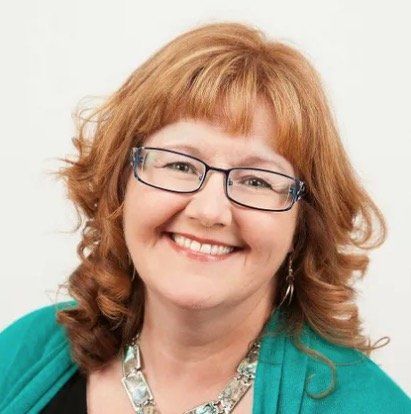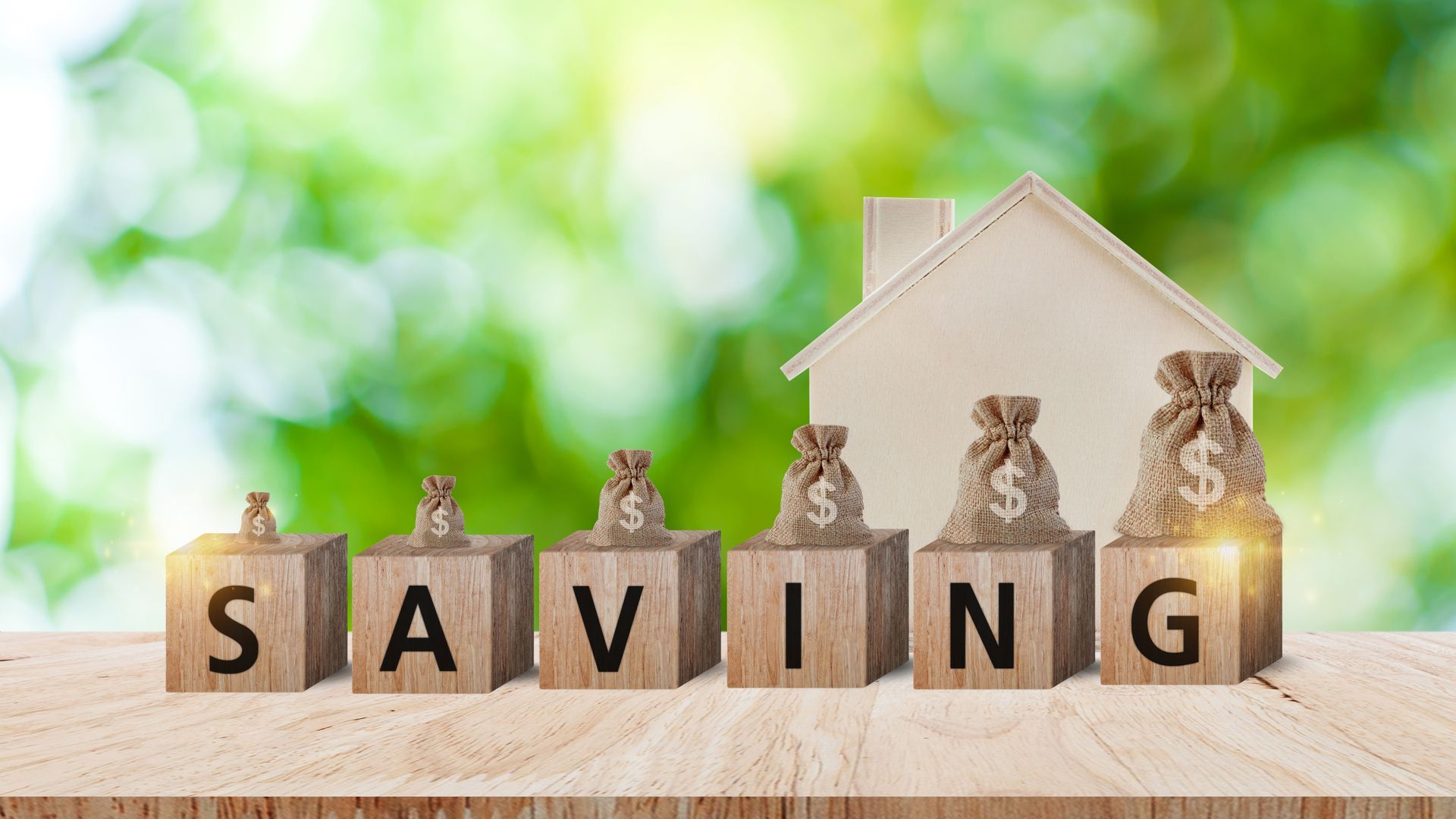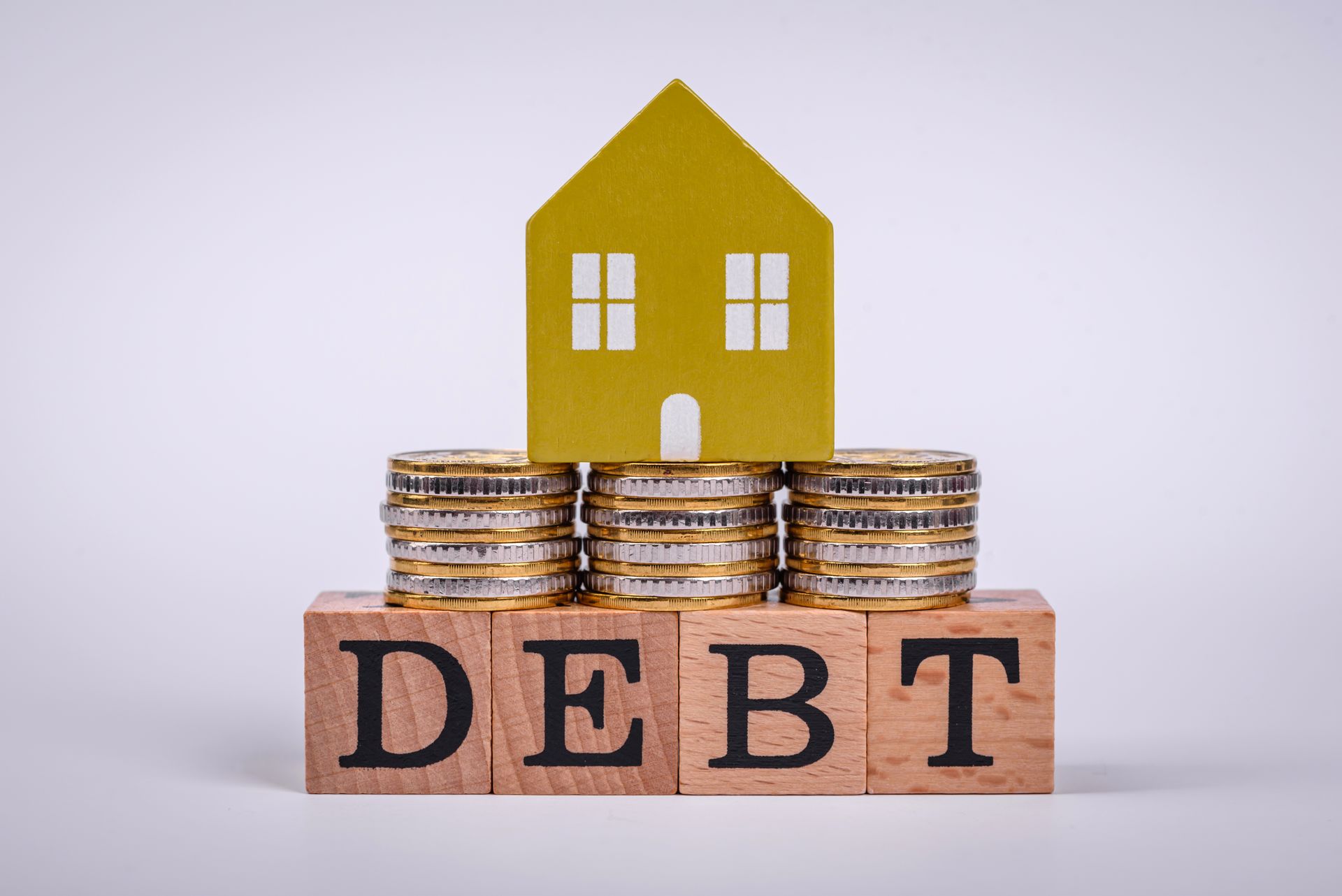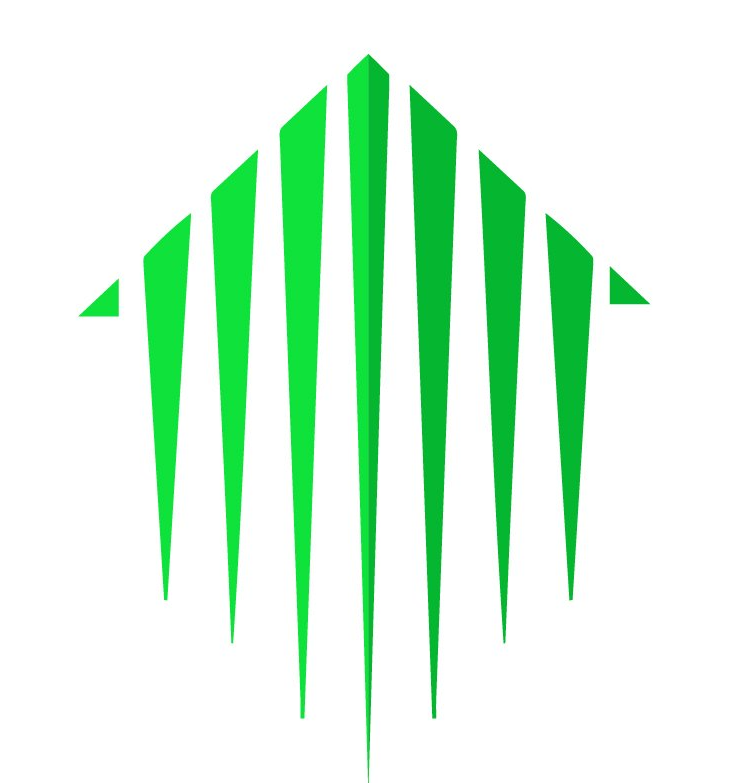Everything You Need to Know about Mortgage Default Insurance
Home buyers say the #1 obstacle to home ownership is saving enough for a down payment.
When you buy a home, your best option is a 20% or higher down payment. For many Canadians, a 20% down payment is not affordable.
What can you do if you don’t have the cash for such a big down payment? You can apply for mortgage default insurance.
How much money do you need for a down payment ?
| The minimum amount you’ll need for your down payment based on the purchase price of your home | |
| Purchase price of your home | Minimum amount of down payment |
| $500,000 or less |
|
| $500,000 to $999,999 |
|
| $1 million or more |
|
In Canada, mortgage insurance is required federally on high-ratio mortgages (a down payment of less than 20%). This insurance, which protects the bank/lender in case the borrower defaults, gives lenders the flexibility to offer home buyers with low down payments the same low interest rates they would offer to home buyers with bigger down payments.
In Canada there are only three Canadian mortgage default insurance providers: Canadian Mortgage & Housing Corp. (CMHC ), Genworth and Canada Guaranty They all have the same sliding scale, the larger your down payment the less insurance you pay.
CMHC is a federal Crown corporation, while both Genworth and Canada Guaranty are private insurers.
As a borrower, your lender selects the mortgage insurer, not you. Each mortgage insurer has their own criteria for evaluating the borrower and the property, and they decide whether or not your mortgage can be insured. Therefore, it’s possible that your lender may approve your mortgage application, but the mortgage insurer won’t. In that case, you won’t be able to get a mortgage unless your lender decides to try another insurer. Since there are only 3 insurers in Canada – 3 strikes and you’re out!
How Mortgage Default Insurance works:
Mortgage insurance premiums are based on the amount of the mortgage. The smaller your down payment, the more expensive the mortgage default insurance. The premium is generally rolled into the mortgage but can be paid upfront as part of the closing costs.
- If the insurance premium is added to the mortgage amount, then you pay interest on the total amount borrowed, including the mortgage default insurance premium.
| Down Payment | Premium on Total Loan |
| 15% – 19.99% | 2.80% |
| 10% – 14.99% | 3.10% |
| 5% – 9.99% | 4.00% |
If you stop making payments, the mortgage default insurer would protect your lender from financial losses. If you have mortgage insurance for the property, the lender can make a claim against the policy and the mortgage insurer will pay the lender. However you are still responsible for repaying any balance remaining to the insurer.
In other words, if the sale of the property isn’t enough to cover the balance of the mortgage owing to the lender, you don’t get off scot-free, your lender or insurer are able to come after you personally for the remainder of the balance.
Mortgage Default Insurance Exceptions:
- Investment properties are not eligible for mortgage insurance; consequently, you will need a minimum 20% down payment to buy.
- The longest amortization period for an insured mortgage is 25 years.
- Homes over $1 million are not eligible.
- Even if you have more than a 20% down payment, there are some situations when your lender may require you to get mortgage insurance (depending on the location, type of property, etc.).
Why is mortgage default insurance necessary?
Mortgage default insurance offers a benefit to the home buyer. Without mortgage default insurance, lenders would charge much higher interest rates, since you are higher risk than someone with more than 20% down payment. Even though you pay mortgage default insurance, you benefit from paying less interest on the total mortgage amount.
When you buy a home, your best results will come when have a minimum 20% down payment, check out my BLOG 5 GREAT Reasons To Provide a 20% Down Payment when Buying a Home
If you can’t save a 20% down payment, then mortgage default insurance could allow you to buy your home.
Would you like more information regarding mortgage default insurance?
Give me a call and let’s discuss a mortgage that works for you (not the bank)!



Let's do this together.
Sign up to our newsletter
Thank you for contacting me.
I will get back to you as soon as possible
Please try again later
CONNECT
604-312-5009
kelly@kellyhudsonmortgages.com
All Rights Reserved | Mortgage Architects




